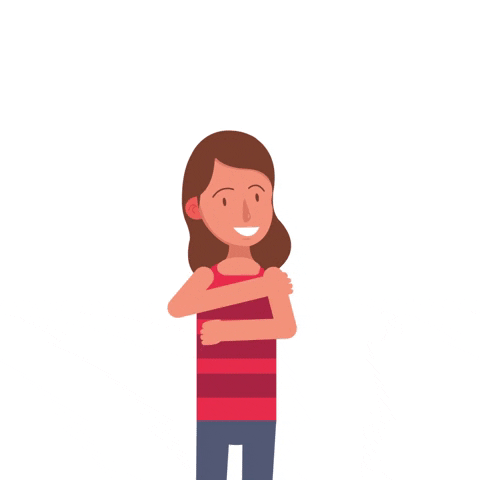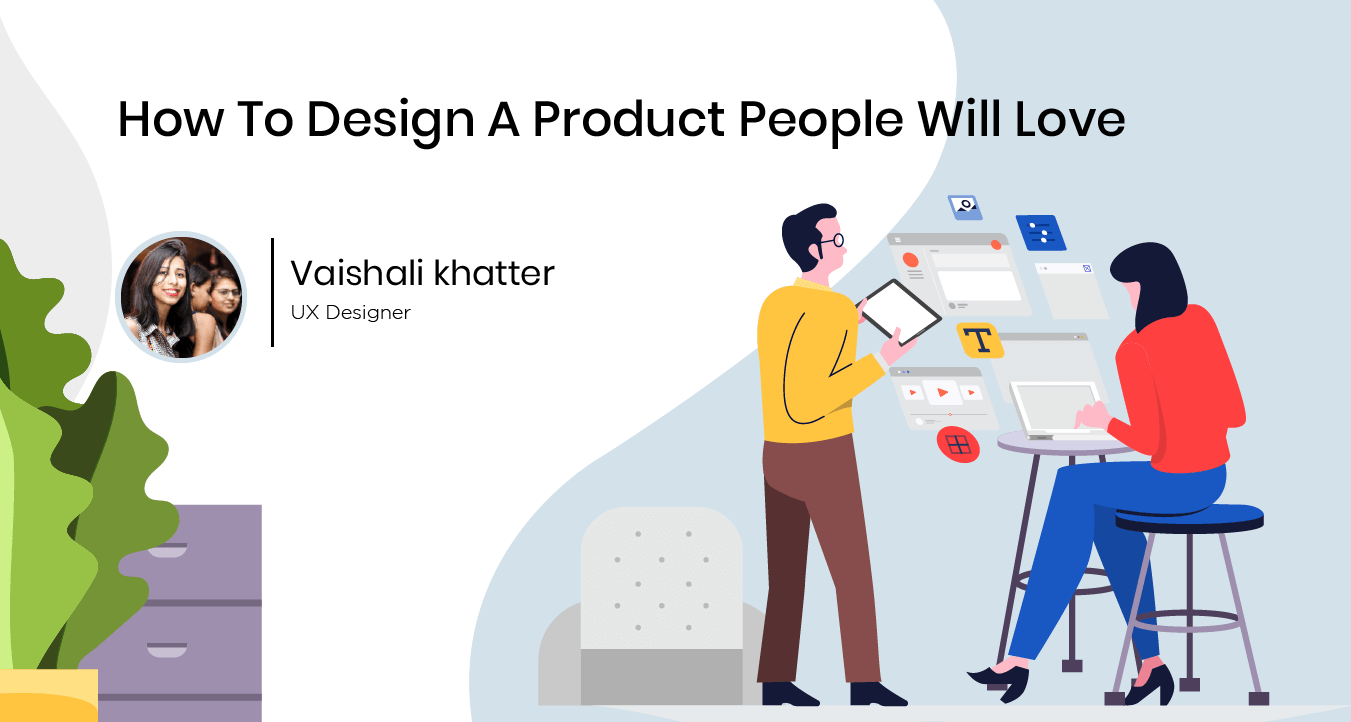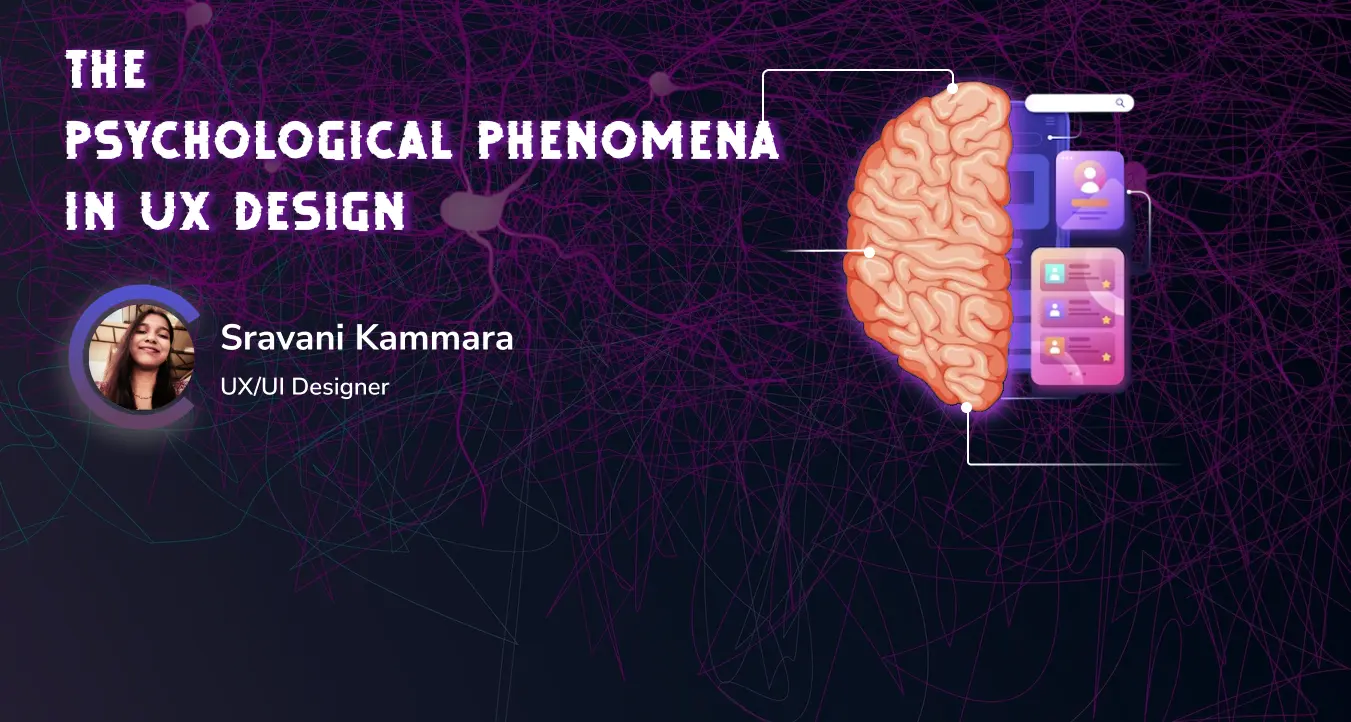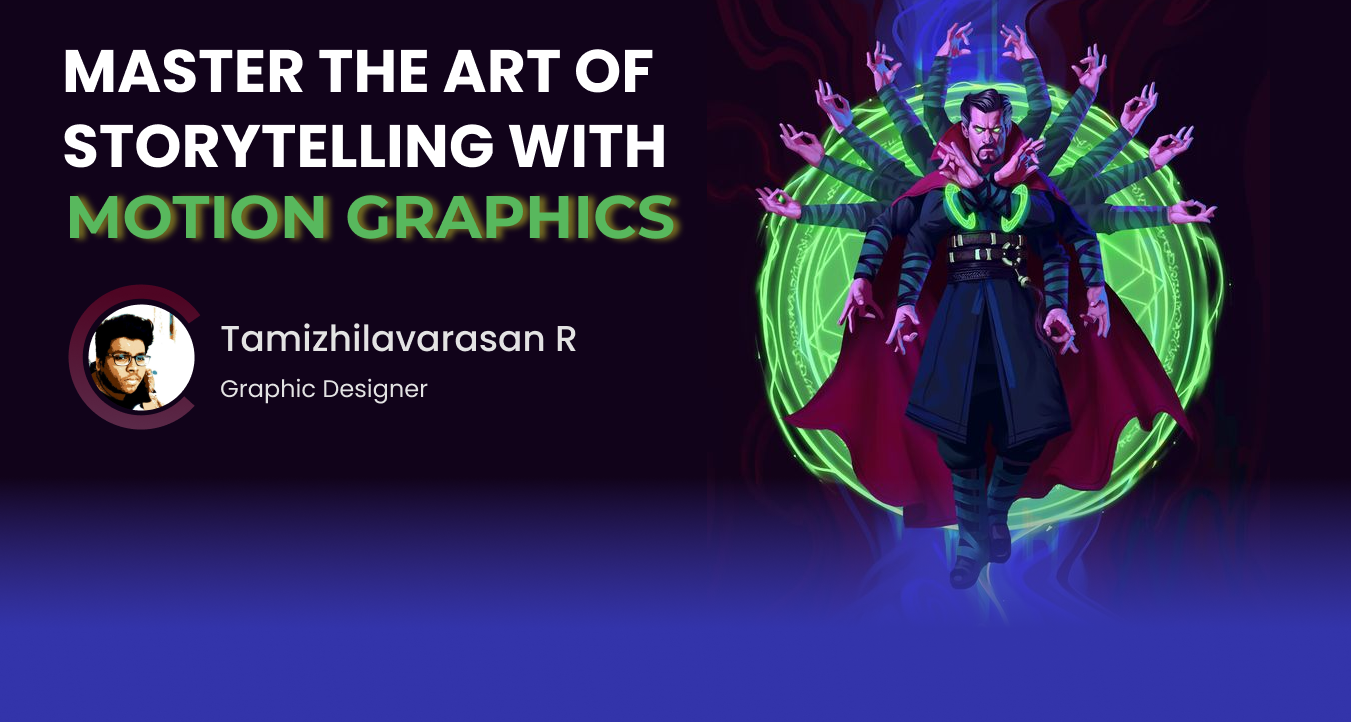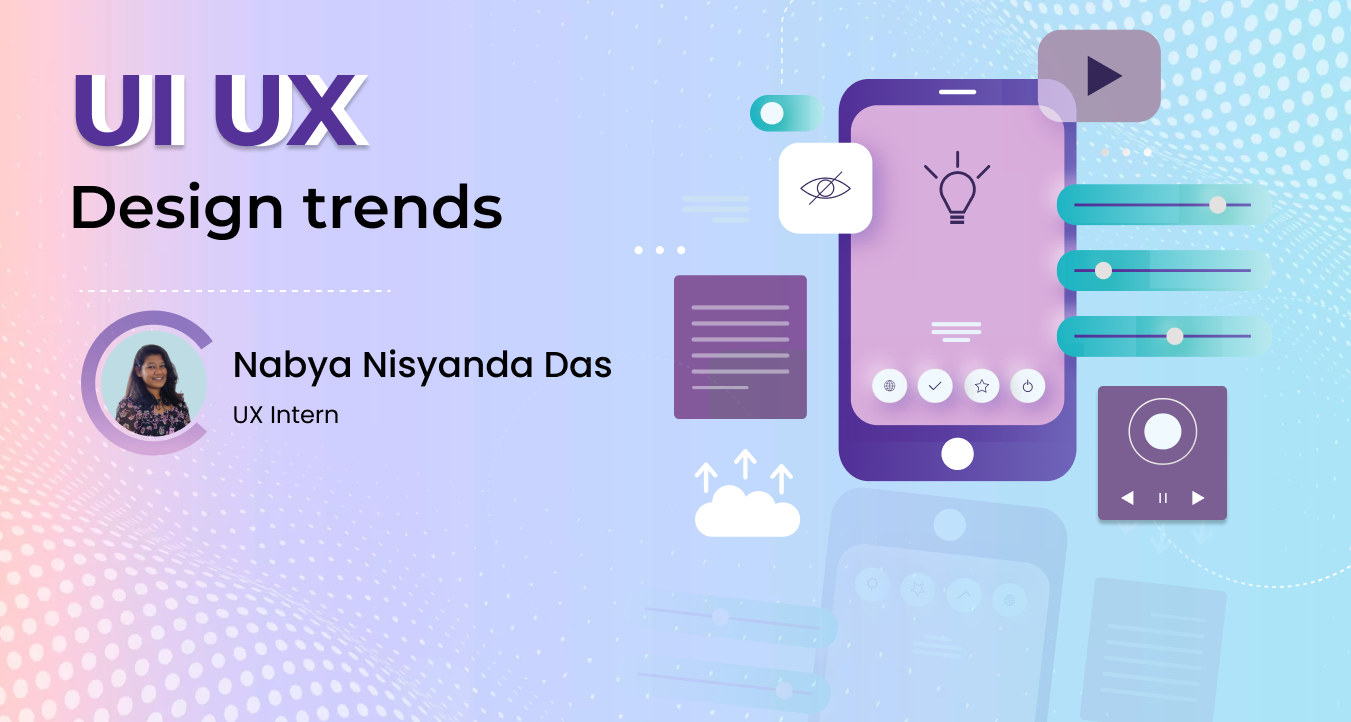A user's emotions play a key role in designing products
Just think and imagine your life. In its every aspect, emotions form the base for your most memorable experiences. Important memories are often associated with distinctive emotional states like when you get a job offer from your chosen company, we experience elation, happiness, and perhaps a little trepidation about going somewhere new. In contrast, if we have failed, we might feel sad, shocked, or depressed.

To feel is to be human, emotions are a powerful memory tool for our brains. When we think about these moments we instantly remember how it made us feel and how it affected our behavior. They also play a big role in how we shape our world view and opinions about products and services.
Emotional design, as the term itself implies, is about creating designs, services or experiences which aim to inspire an emotional response in people.
Marissa Louie said that, "The more you know, the more you can feel. The more you can feel, the more your users can feel. "
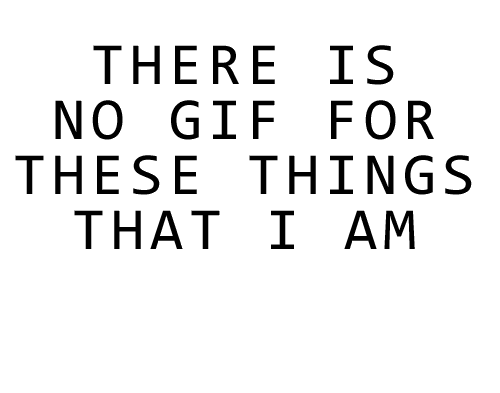
For a product to be successful, it is essential for it to provide a positive emotional experience to users. The emotions a user experiences while interacting with products, such as computers, mobile phones, and tablets, might not be as extreme as the ones experienced through interpersonal relations, but they are important, enduring and intuitive.
While designing a product, it is important for a designer to create an experience that is pleasurable to the customer, and also trigger their emotions. For example, think about the level of devotion people have for Apple's products. We as humans like interacting with humans more than machines, so adding personality to our products helps users build a bond with them.
The other obvious example I can think of right off the bat is Facebook with their video memories feature and of Instagram where users obsessively check their feed, because they're hoping for likes on their posts, which would make them feel good. So making a user feel something is important.
As humans, we tell stories, we don't speak in data. Considering e-commerce websites nowadays, everything revolves around numbers, data, analytics, we talk about how much time people actually spend on the website, how much money they are going to spend, what is your rate of shopping cart abandonment, and so on. It seems like these have become the only factors for a successful business. But what we forget is we are humans, and at the very core of our human nature, we are totally illogical creatures. Indeed, we can measure, anticipate, calculate, target and retarget as much as we like, but there's only so much we can plan before the biggest part of ourselves takes over.
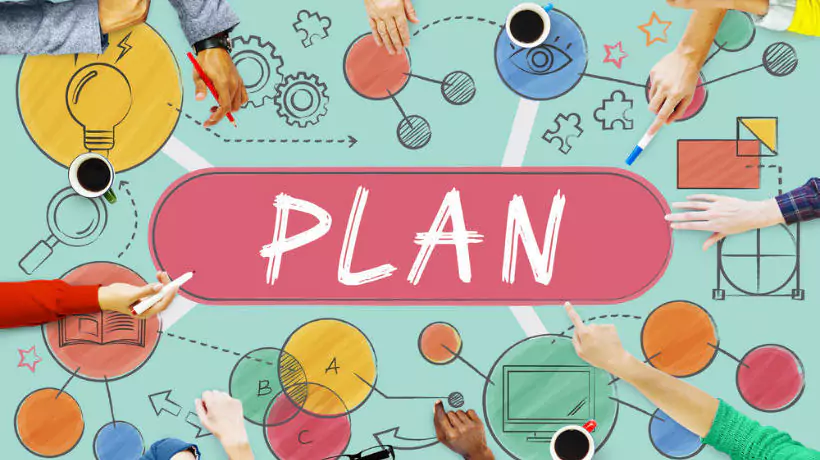
This illogical, emotional, purely heart-driven part of us finally takes over to help us make choices. So, what eventually drives a consumer to purchase on an e-shop is his/her gut instinct and the emotions that are created with the product/brand. Hence, emotional responses are a big part of human nature, a key player in our subconsciousness; truly, we rely a great deal upon our emotions as guides.
Our Emotions guide every single decision we made.
As Maya Angelou once said : "I have learned that people will forget what you said, people will forget what you did, but people will never forget how you made them feel."
Emotional design is simply letting the personality of yourself and/or your brand shine through in your products or services. Not commercially but maybe even politically or humanly. It is an opportunity for an additional layer on top of a service with great functionality, reliability and usability?-?the latter being just as important as the former.
It could be what tips the balance between a great design and a good user experience?-?to a service or brand people can love or relate to. It is that secret sauce of many successful products that users talk about to everyone.
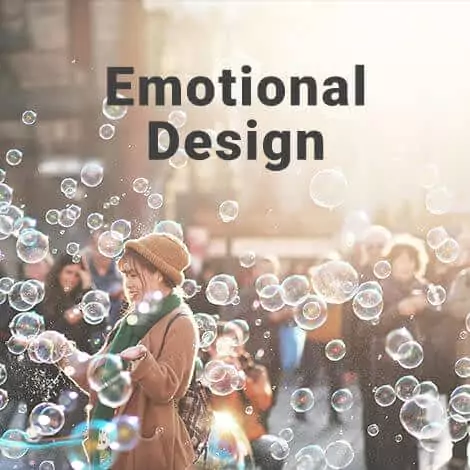
I agree emotional design alone can not make a great product but it has the power to inspire strong emotions in users which can equate in high rates of retention and positive word-of-mouth. It's a powerful growth hack that companies are taking advantage of, and in today's competitive market it has become a vital element for success.
When it comes to digital product design most companies still focus on simply making their products functional and usable. But working as a user experience designer, I realized that in this hectic world of product development and strict deadlines, we ship new features fast and push delightful elements to "later" (which often means never). As a result of this, some companies end up spending more money on advertising to compensate for users who are not returning or not talking about their product.
Designing for emotions should never be forgotten. There are lots of designers just caring about UX and forgetting that users are humans. It's not only about the perfect user flow or interaction, but the user, "human", needs to feel engaged with a product and feel something. To be an exceptional designer, it is not enough to just understand how your users are reacting?-?you must understand why. Why are some users delighted by this new dashboard, while others are not? Why has engagement flattened after we revamped our palette? Why do some people share their experience, while others do not?
To me, user experience design and emotional design goes hand in hand, one can't design user experience without also working with emotional design, just like we can't design any experience without working with actual people ?- empathically. Working with actual people or users means working with their experiences, stories and emotions.
Let's face it, we are human beings we smile, we lie, we pray, we cry, we hope, we try.
So, let's design the products which people will love and connect to emotionally. For any assistance, contact Appiness Interactive, a Website Design Company in Bangalore, to acquire a result you desire.
